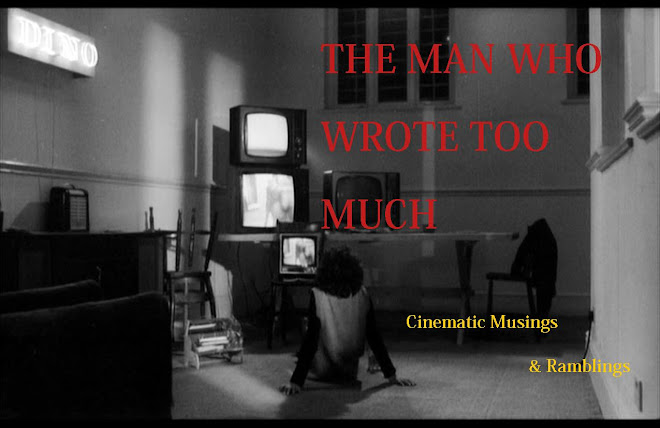+1.JPG)
The film follows one James Ballard (played by everyone’s favourite cinematic sexual deviant Mr. James Spader) as he and his wife Catherine (Deborah Kara Unger carrying the look of a haunted femme fatale accidentally transported into the 1990’s) find that their sexual relationship has descended into an emotionless series of extramarital affairs, tales of which they regale each other with in an attempt to bring some excitement back into their relationship. This world is changed when James is involved in a major car crash, in which the husband of Dr. Helen Remington (an unusual casting for Holly Hunter) is killed. James forms a tentative relationship with Remington which sees them becoming increasingly involved with a car crash fetishist cult led by Vaughan (The much underused Elias Koteas, making the most of his opportunity to bring a wild eyed fervour to the film).
+2.JPG)
Whilst there was every chance that the film could have turned into a sex ‘n’ pyrotechnics exploitomess, in the more than capable hands of David Cronenberg it becomes a captivating study of modern day disinterest and isolationism. The decision to relocate the film from the novel’s original setting of the motorways surrounding London’s Heathrow airport to the nondescript freeways and underpasses of Cronenberg’s hometown Toronto proves to be an inspired one. The film feels like it is taking place nowhere and everywhere, as I mentioned in my recent review of Radio On (1979), the car can prove to be a perfect site for examining technology as self imposed segregation. There are no open freeways here, just the busy soul destroying gridlock of inner city travel. We often see the city viewed from the Ballard’s high rise apartment, a vista of grey tower blocks separated into grids by interchanges and intersections.
Cronenberg also takes the decision to leave the characters as largely emotionless blank surfaces, this purposely leaves the viewer with little to connect to, we never find out the reasons for the malaise of the characters or why they find themselves sexually drawn to the body destroying viscera of the car crash. It is this refusal to demonise or even attempt to rationalise their actions that often brings about uncomfortable feelings in the viewer, especially in the case of Catherine, who due to lack of exposition on her characters part, makes her compliance in some of the more forcefully sexual scenes somewhat ambiguous.
+3.JPG)
Anyone complaining about the films lack of character driven depth would be missing the point though. The refusal to elucidate any plot points is due to the films preoccupation with surfaces, from the metallic sheen of a showroom Mercedes, to the car part tattoos that James and Vaughan chose to cover their bodies with. The only interior Cronenberg is ever concerned with here is that of the body violated, a thematic concern seen throughout his entire oeuvre from the low budget head explosions of Scanners (1981) to the body as site of disintegration and decay seen in the relatively big budget reworking of The Fly (1986). Here we see it as evident as ever, most infamously in the provocative scene featuring a sexual liaison between Patricia Arquette’s Gabrielle (a perfect physical embodiment of the man/machine transgression) and James, in which her leg scars are put to... interesting... use... Though it should be noted that the films risqué subject matter does prove to be more restrained and suggestive than the more sensationalist types would have you believe.
Ballard’s warped increasingly retro-futurist visions found their perfect outlet in Cronenberg’s odd simulacra of existential modernity, in a fascinating film that is all style, no substance, and all the better for it. A fine addition to the Cronenberg canon.

+1.JPG)
+2.JPG)
+3.JPG)
+1.JPG)
+2.JPG)
+3.JPG)